The moment I stepped onto the golden shores of Portugal’s Algarve region, I knew I had discovered Europe’s best-kept secret for beach lovers. This stunning southern coastline captivated me with its dramatic limestone cliffs, crystal-clear turquoise waters, and hidden coves that seem to have been plucked straight from a postcard.
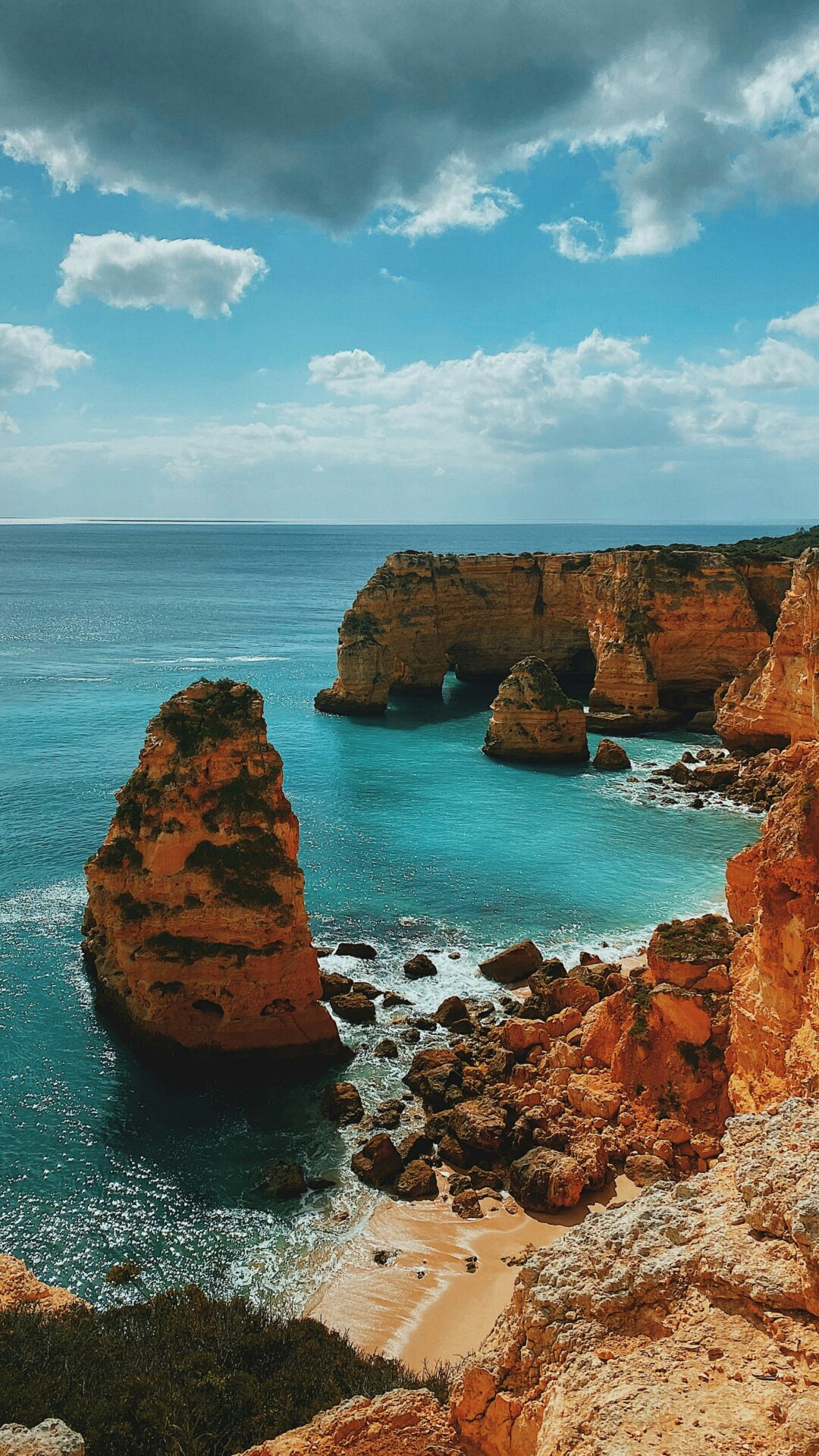
The Algarve’s 100-mile coastline offers an incredible variety of beach experiences, from bustling resort towns to secluded stretches of sand accessible only by boat or hiking trail.
During my two-week adventure exploring this Portuguese paradise, I found myself constantly amazed by the diversity of coastal experiences available. One day I was surfing near Lagos, the next exploring the world-famous Benagil Cave where sunlight streams through a natural opening in the ceiling creating a magical effect. The charming fishing villages dotting the coastline provided perfect lunch stops for sampling fresh seafood and local wines between beach-hopping adventures.
What makes the Algarve truly special isn’t just its natural beauty but how it remains relatively uncrowded compared to other European beach destinations. Even in popular spots, I discovered it was easy to find my own slice of Portuguese paradise without the overwhelming crowds you might expect in such a stunning location. Whether you’re seeking family-friendly beaches with gentle waves or hidden coves for peaceful solitude, the Algarve’s coastline delivers unforgettable experiences that will have you planning your return before you’ve even left.
Discovering the Algarve Coastline
The southern edge of Portugal reveals a stunning blend of dramatic cliffs and golden beaches stretching across the entire Algarve region. This coastline offers incredible diversity, from peaceful fishing villages in the east to wild, rugged landscapes in the west.
The Spectacular Eastern Algarve
My journey through the eastern Algarve began in Vila Real de Santo António, a charming border town with a distinctly Portuguese feel. The symmetrical streets and central square reflect the town’s interesting history of careful planning.
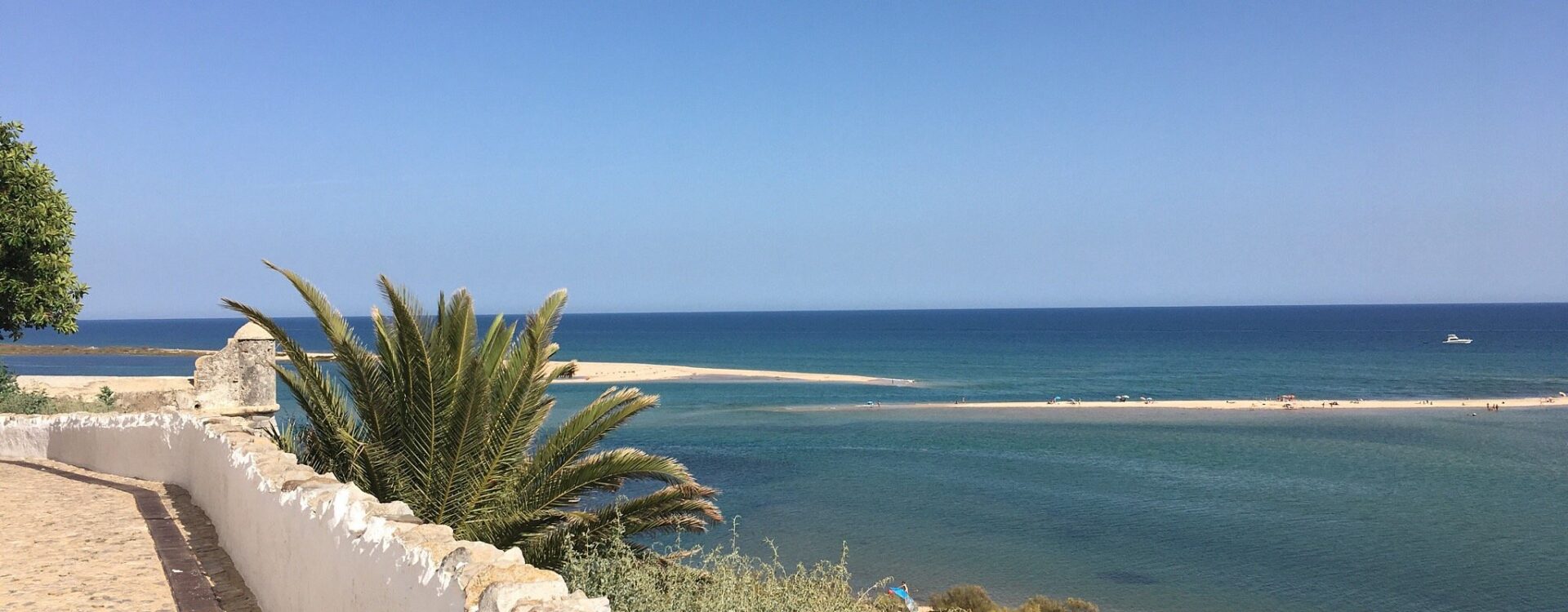
Image source: Tripadvisor
Tavira quickly became my favorite eastern Algarve destination. This picturesque town features a Roman bridge, stunning churches, and access to some of the most pristine beaches I’ve ever seen.
The eastern beaches felt more peaceful than their western counterparts. I loved taking a short boat ride to reach Tavira Island, where the golden sand stretches for miles with fewer crowds.
The seafood in this region is simply incredible. I enjoyed fresh clams, octopus, and grilled fish at small restaurants where locals outnumbered tourists – always a good sign!
Venturing through Western Algarve
The western Algarve’s dramatic coastline took my breath away with its massive cliffs and hidden beaches. This wilder section of coast features powerful Atlantic waves that attract surfers from around the world.
Sagres, sitting at the southwestern tip of Europe, offered some of my most memorable experiences. The ancient fortress perched on massive cliffs provides spectacular views of the meeting point between the Mediterranean and Atlantic.
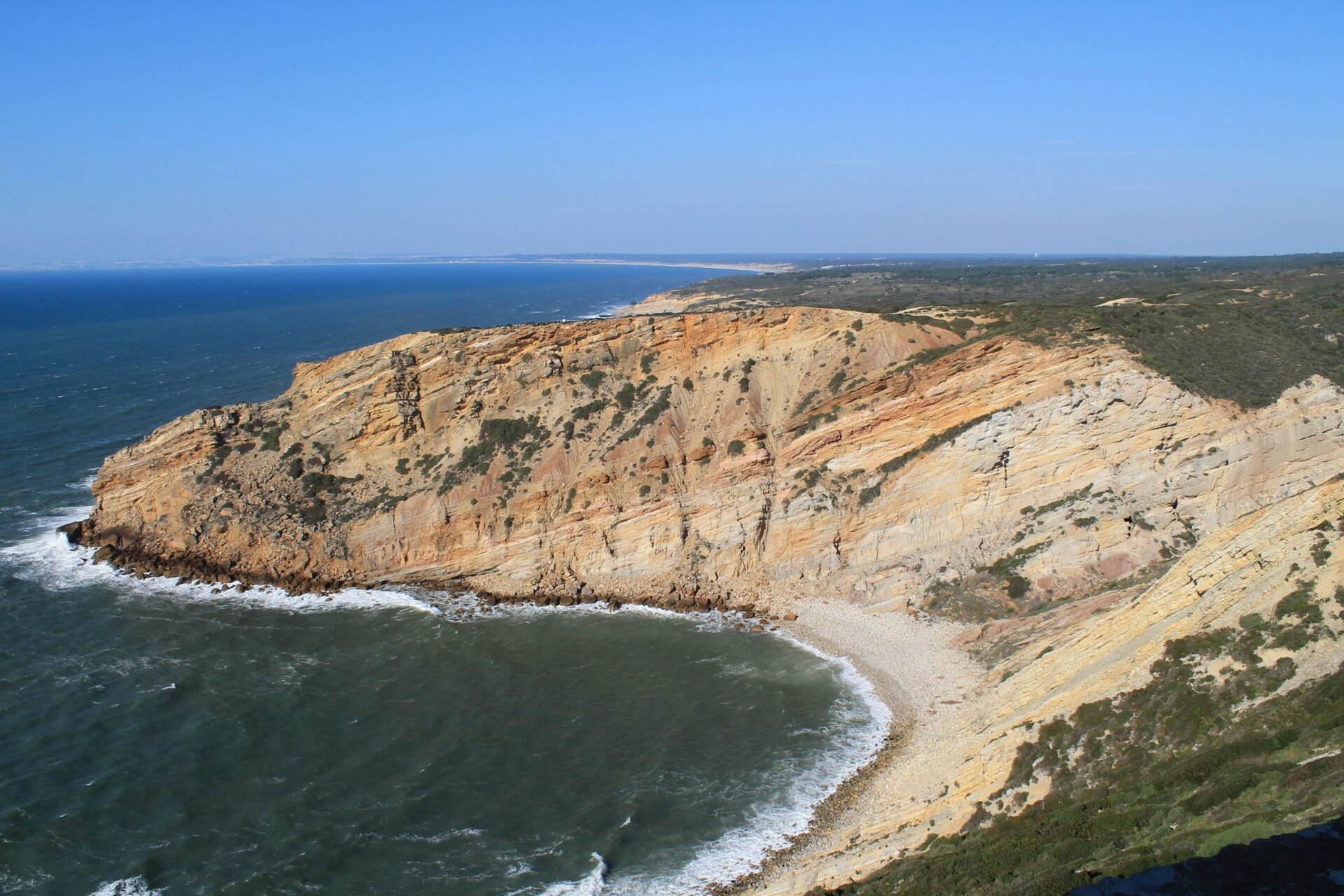
I tried surfing near Sagres and while I wouldn’t call myself skilled, the patient instructors helped me catch a few waves. The surfing culture here is welcoming to beginners and experts alike.
The seafood continues to shine in the western Algarve. I discovered tiny restaurants in fishing villages serving the day’s catch prepared simply with olive oil and local herbs – perfection on a plate.
Unforgettable Beach Escapes
The Algarve coastline offers some of the most breathtaking beach experiences in Europe, with each area showcasing its own unique charm and natural beauty.
Praias of Carvoeiro and Carvalho
Carvoeiro captured my heart with its postcard-perfect cove surrounded by towering cliffs. This former fishing village maintains its authentic charm while offering excellent swimming spots protected from strong currents.

I spent countless hours exploring the hidden beaches accessible only by boat or through narrow cliff passages. Praia de Carvalho became my favorite secret spot, requiring a descent through a hand-carved tunnel in the limestone.
The morning light here transforms the golden cliffs into a warm amber color that photographers dream about. Many locals recommended visiting during low tide when small caves and rock formations become accessible.
The water clarity here is exceptional – I could see fish swimming around my feet in the crystalline shallows. Several beachside restaurants serve fresh catch-of-the-day, making it easy to spend a full day here.
Secluded Spots near Albufeira
While Albufeira is known for its lively atmosphere, the real treasures lie in the secluded beaches just a short drive away. Praia da Coelha became my peaceful retreat when I needed to escape the crowds.
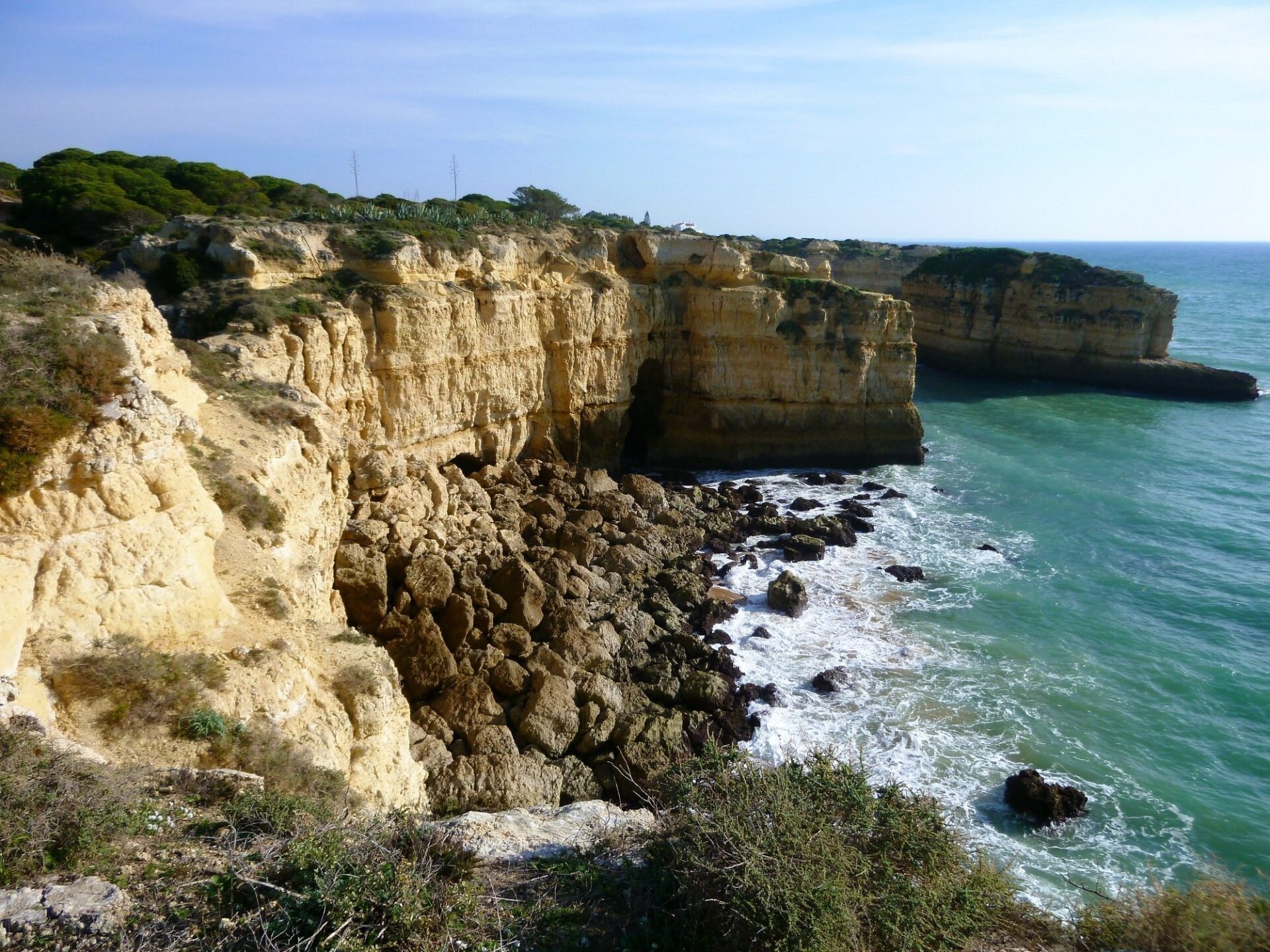
Image source: Tripadvisor
The narrow path through aromatic wild herbs and flowers leads to this hidden gem. I’d recommend bringing water and snacks since facilities are limited, but that’s precisely what keeps these beaches pristine.
Praia de São Rafael stunned me with its dramatic rock formations jutting from turquoise waters. Arriving early rewarded me with practically private swimming in sheltered natural pools formed between rock outcroppings.
For sunset views, nothing beats Praia de Benagil with its famous cave and natural skylights. The play of golden light through these openings creates a magical atmosphere unlike anywhere else along the Algarve coastline.
Idyllic Days in Cabanas and Altura
The eastern Algarve offers a completely different beach experience. In Cabanas, I discovered wide sandy stretches accessible by short boat trips across the shallow lagoon. This natural barrier creates calm, warm waters perfect for relaxed swimming.
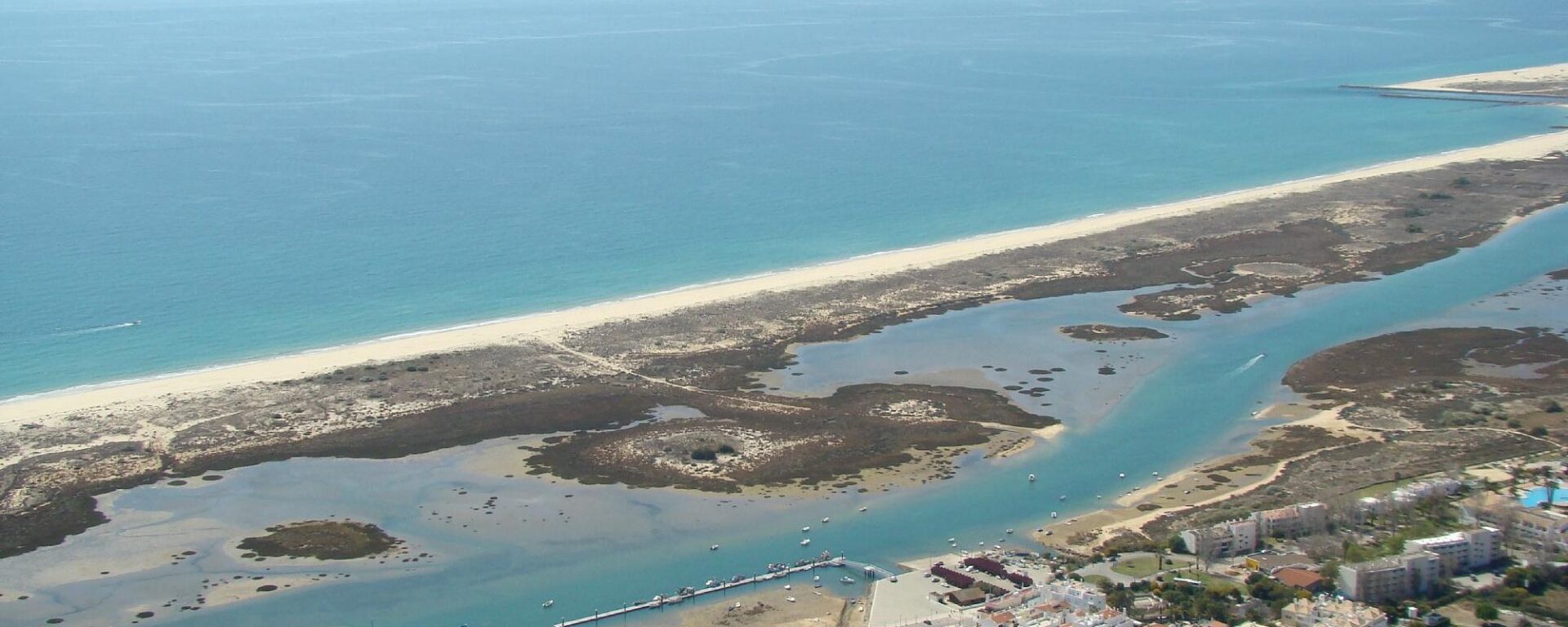
Image source: Tripadvisor
Altura’s beaches charmed me with their unspoiled stretches of soft sand that seem to extend forever. The beach here lacks the dramatic cliffs of western Algarve but offers uninterrupted walking paths along the shore.
I often joined locals fishing at dawn, learning traditional techniques passed down through generations. The eastern beaches maintain a wonderfully authentic Portuguese atmosphere with fewer international tourists.
The seafood restaurants in these small villages serve some of the most delicious cataplana (seafood stew) I’ve tasted in Portugal. Nothing beats enjoying fresh fish while watching fishing boats return with their daily catch just steps from your table.
Cultural Treasures and Small Town Charms
Beyond the beaches, the Algarve offers charming towns filled with history and local culture that provide a perfect counterbalance to seaside adventures. I discovered that stepping away from the coast reveals a whole different side of this Portuguese region.
Historic Tavira: A Walk Through Time
Tavira captured my heart immediately with its authentic Portuguese character. Unlike some of the more touristy coastal spots, this riverfront gem maintains its traditional charm. I spent a morning crossing the Roman bridge and wandering through narrow cobblestone streets lined with whitewashed buildings adorned with colorful tiles.
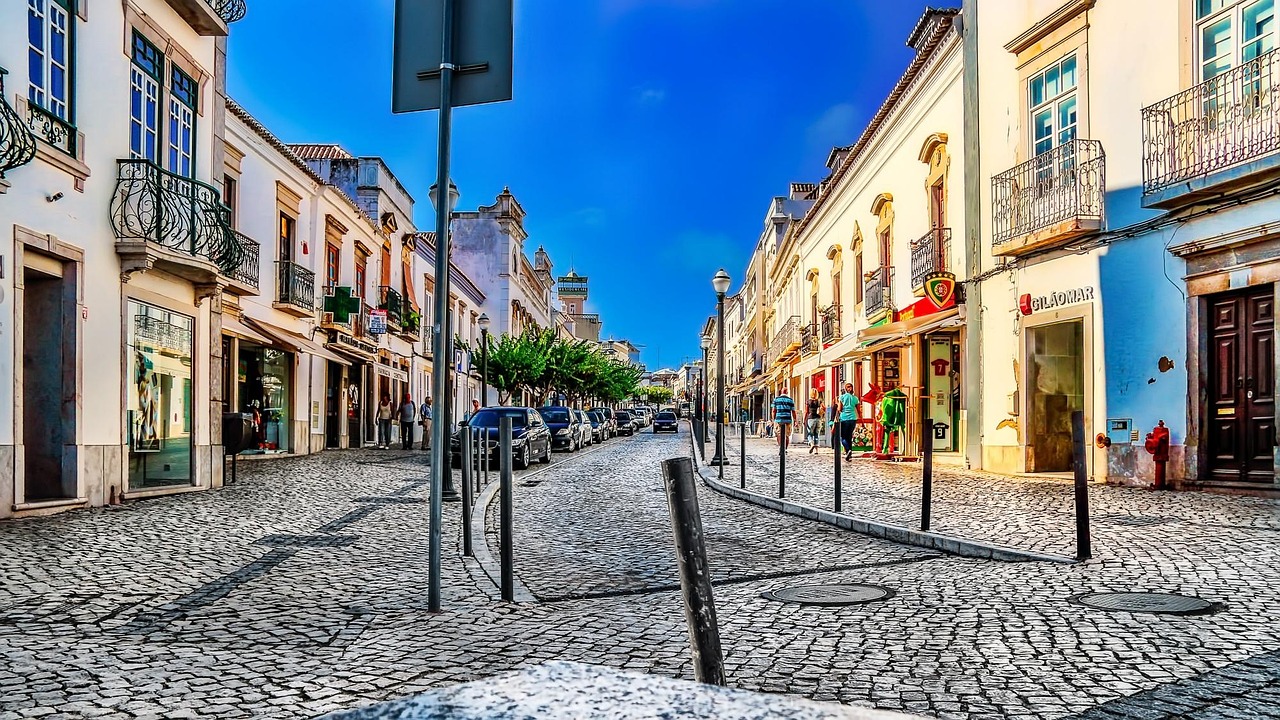
The town’s 37 churches tell stories of its rich past. Santa Maria do Castello Church offered not just beautiful architecture but amazing views from its tower. For just €2, I climbed up for a panoramic vista of terracotta rooftops against the blue sky.
What I loved most was simply sitting in the town square, watching locals go about their day while sipping coffee. Tavira’s unhurried pace makes it perfect for a walking tour to appreciate the detailed architecture and hidden corners.
Loule’s Vibrant Market Life
My Saturday morning visit to Loulé’s famous market was a feast for the senses. The covered market building itself, with its distinctive Arabic-inspired architecture, dates back to 1908 and stands as a town landmark.
Inside, local vendors sell everything from fresh produce to handmade crafts. I watched elderly women bargaining over the freshest fish while artisans displayed intricate cork products unique to the region. The aroma of fresh bread, cheese, and spices filled the air.
What surprised me was how the market extends beyond the main building into surrounding streets on Saturdays. Local farmers set up small stalls selling organic produce, honey, and homemade liqueurs. I purchased a bottle of medronho, the traditional Algarve firewater, as a perfect souvenir.
Loulé
Beyond its famous market, Loulé offers a genuine slice of Algarve culture away from beach resorts. I wandered through its medieval quarter where the impressive castle walls still stand guard. The narrow streets wind uphill, revealing surprising architectural details at every turn.
The São Clemente Church impressed me with its ornate azulejo tiles and gilded altarpiece. February visitors are in for a treat – Loulé hosts Portugal’s oldest and most authentic Carnival celebration with vibrant parades and costumes.
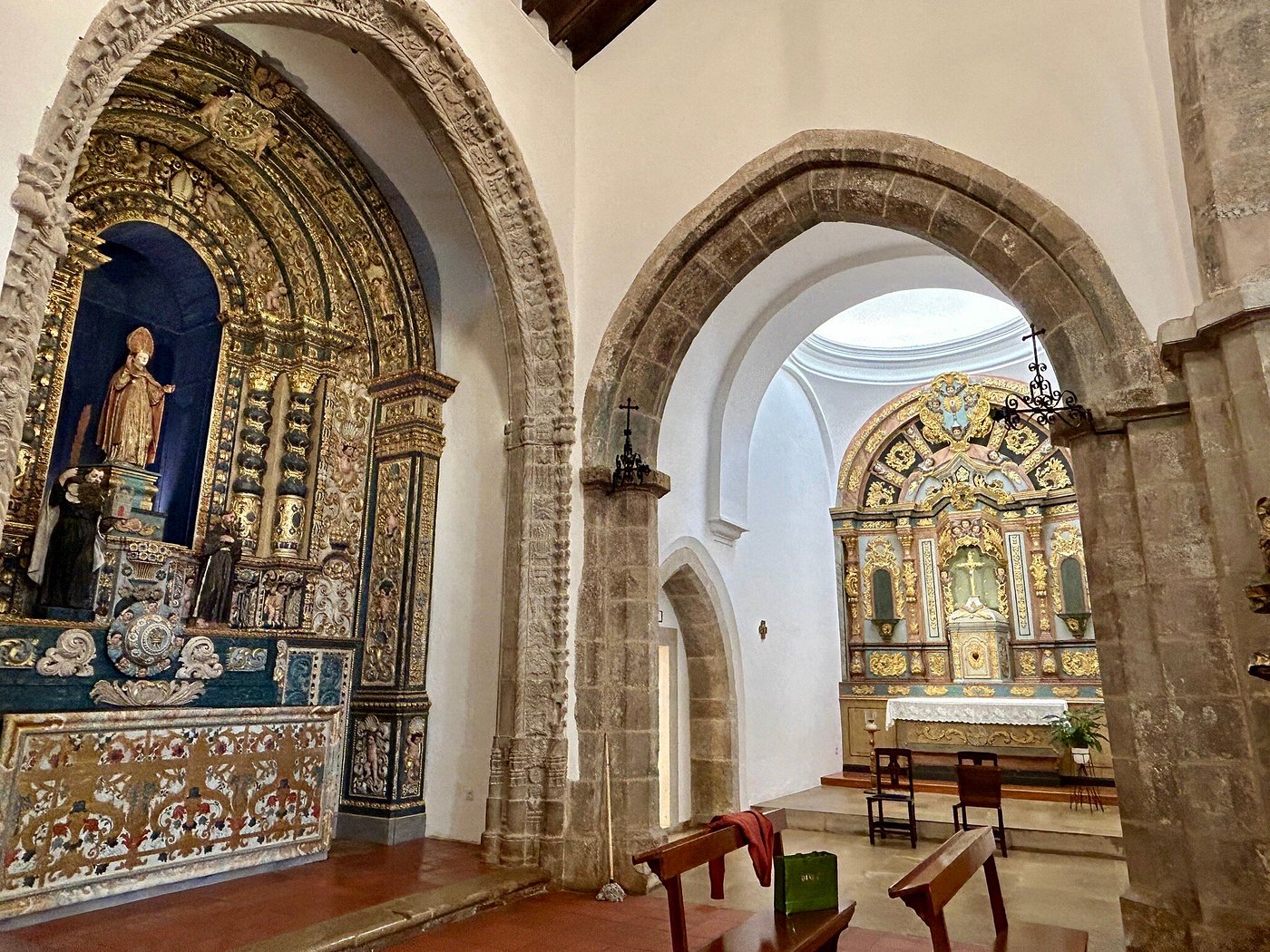
For lunch, I avoided tourist spots and found a tiny restaurant where locals gather. My cataplana (traditional seafood stew) came in a copper pot and cost half what I’d pay at coastal restaurants. The owner proudly explained how his grandmother’s recipe hadn’t changed in 50 years.
Adventure Beyond the Beach
The Algarve offers so much more than just sunbathing on gorgeous beaches. I discovered incredible inland mountains, pristine natural parks, and dramatic cliffs that provided unforgettable adventures away from the coastline.
Scenic Drives to Monchique and Alentejo
I rented a scooter for my journey into the Algarve’s mountainous interior, which proved perfect for navigating the winding roads. The drive up to Monchique revealed a completely different Portugal than the coastal resorts below. Lush forests and mountain streams replaced golden sands and azure waters.
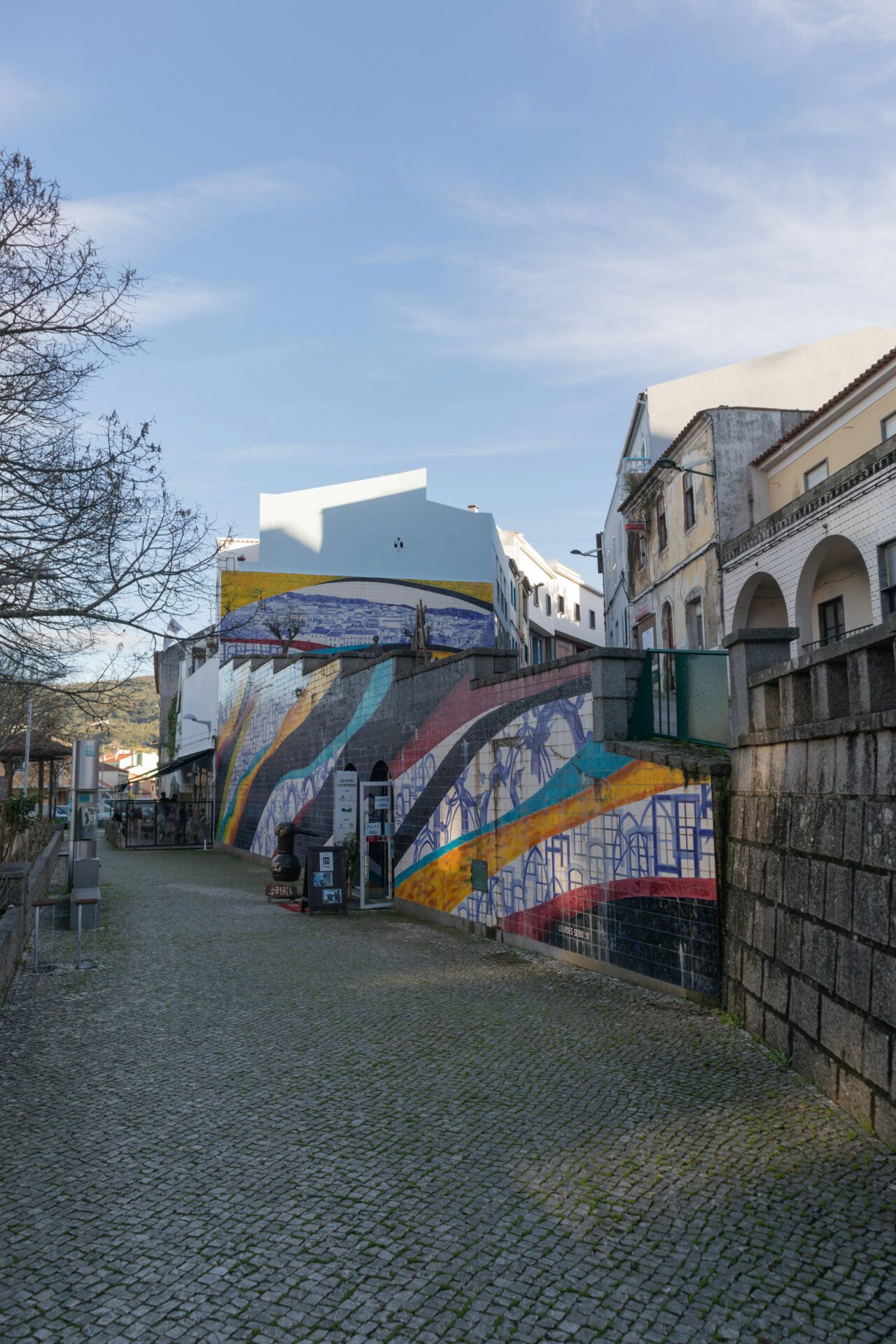
The small town of Monchique charmed me with its cobblestone streets and traditional houses. Local restaurants served piri-piri chicken and medronho, a potent fruit brandy made from local arbutus berries.
Venturing north into Alentejo, I discovered a landscape of rolling hills, cork oak forests, and whitewashed villages. This region feels wonderfully authentic, especially off-season when tourist numbers dwindle. The contrast between coastal Algarve and rural Alentejo makes this drive particularly special.
Sailing the Ria Formosa
The Ria Formosa Natural Park became one of my unexpected highlights. This coastal lagoon system stretches nearly 60km and includes barrier islands that protect the mainland from the Atlantic.
I joined a small-group sailing tour that departed from Faro. Our knowledgeable captain pointed out flamingos, herons, and other bird species that thrive in this protected environment. The shallow, crystal-clear waters made spotting marine life surprisingly easy.
We stopped at Ilha Deserta, an uninhabited barrier island with pristine beaches. Here I enjoyed a seafood lunch featuring just-caught clams and oysters from the lagoon.
The calm waters of Ria Formosa offer perfect sailing conditions for beginners. Many operators also provide kayaking and stand-up paddleboarding options for more active exploration.
Hiking the Heights of Sagres
At Portugal’s southwestern tip lies Sagres, where dramatic cliffs meet powerful Atlantic waves. I joined a walking tour that followed paths along these vertiginous cliff edges.
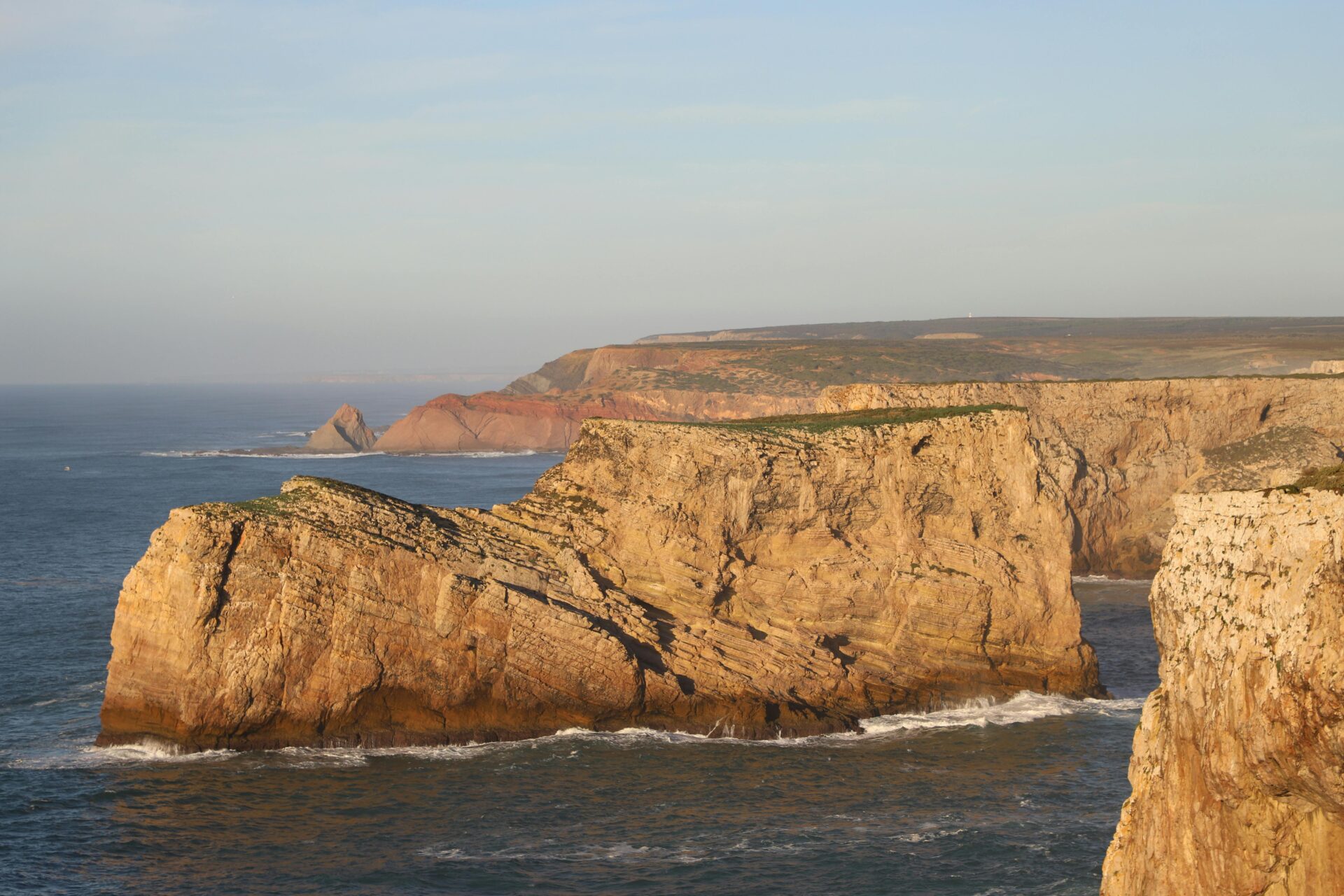
The highlight was Cape St. Vincent, Europe’s southwesternmost point. Standing by the lighthouse, I felt tiny against the immense seascape. The guides shared fascinating stories about this place once considered the end of the known world.
The hiking here proves particularly rewarding during off-season months. Winter and early spring bring wildflowers that carpet the clifftops with vibrant colors. The cooler temperatures make longer hikes more comfortable too.
For the best experience, I’d recommend sturdy shoes and a windbreaker. The constant Atlantic winds can be surprisingly strong, even on sunny days. Sunset hikes offer spectacular photo opportunities as the sky ignites over the endless ocean.
Enriching Experiences and Day Trips
The Algarve offers more than just beaches—it’s a region rich with cultural activities and exciting day trips that showcase Portugal’s diverse landscapes and heritage.
Wine Tastings in Algarve’s Countryside
I discovered that the Algarve’s wine scene is truly underrated! The region’s sunny climate creates perfect conditions for growing unique Portuguese grape varieties.
During my visit to Quinta dos Vales near Lagoa, I sampled their award-winning reds. I also learned about their sustainable growing practices. The vineyard’s setting among rolling hills made for stunning photos.
Many wineries offer tours for about €15-25. These tours typically include tastings of 4-6 wines paired with local cheeses and bread. I loved Adega do Cantor (the “Winery of the Singer”) owned by Sir Cliff Richard. The staff shared fascinating stories about the winemaking process.
TripAdvisor reviews consistently rate these wine experiences as “excellent” for both wine enthusiasts and casual visitors alike. Most tours last 1-2 hours, making them perfect afternoon activities after a morning at the beach.
Day Excursions to Sintra and Cascais
Though technically not in the Algarve, Sintra and Cascais make fantastic day trips. You’ll need to drive about 2.5 hours north toward Lisbon.

Sintra’s fairytale palaces took my breath away. I especially loved the colorful Pena Palace, perched dramatically on a hilltop. The mystical Quinta da Regaleira with its inverted tower and secret tunnels felt like stepping into another world.
After exploring Sintra’s UNESCO sites in the morning, I headed to the coastal town of Cascais for lunch. This former fishing village now serves as a sophisticated resort with charming cobblestone streets and excellent seafood restaurants.
If you don’t want to drive yourself, I recommend booking a guided tour. Many companies offer round-trip transportation from the Algarve with expert guides. They share fascinating historical details you’d miss on your own.


